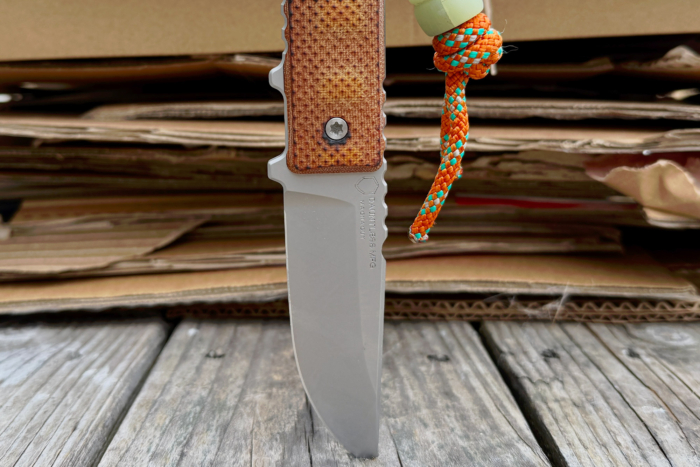Practicality leads the way in Gerber’s utilitarian, everyday carry knife.
I’ve reviewed a veritable library of knives for GearJunkie, so this confession should shock absolutely no one: I really like small fixed blades. Their durable construction, versatile nature, and nimble profiles allow them to perform all manner of fine detail tasks that large knives shouldn’t or can’t.
So, when Gerber’s social media folks began dropping images of a new Stowe model, I was immediately intrigued. A lightweight, practical tool intended to disappear on the belt? It’s like they’re speaking my language.
Gerber sent over a sample for testing and, with a 5-day camping trip on the horizon, the timing couldn’t have been better. Read on to see why the Stowe, after a full 2 weeks of service, managed to sneak its way into the “Best Fixed Blades Under $50” conversation.
In short: The Gerber Stowe is a compact, affordable, well-designed fixed blade with a versatile shape and solid grip. Its comfortable ride and lightweight nature make it an excellent companion for outdoor adventure, though the sheath itself has some flaws.
Gerber Stowe Knife: Review

Billat 30-30 Interval Workout for V02 Max
- Blade length: 2.5 in.
- Overall length: 5.96 in.
- Blade steel: 440A stainless
- Handle: Micarta
- Sheath material: Leather
- Overall weight: 3.06 oz.
Design and Pricing
At just over 3 ounces and 6 inches, the Stowe is a decidedly compact tool. Its 2.5-inch edge makes it slightly shorter than favorites like the Uinta Hunter V2 or ESEE Izula-II, while stretching a half-inch longer than the Candiru.
But with a retail price of $47 (or $40 at KnifeCenter), the Stowe is significantly cheaper than the other standouts in its class.

Performance and Ride


Drawbacks

The Gerber Stowe: Conclusion










